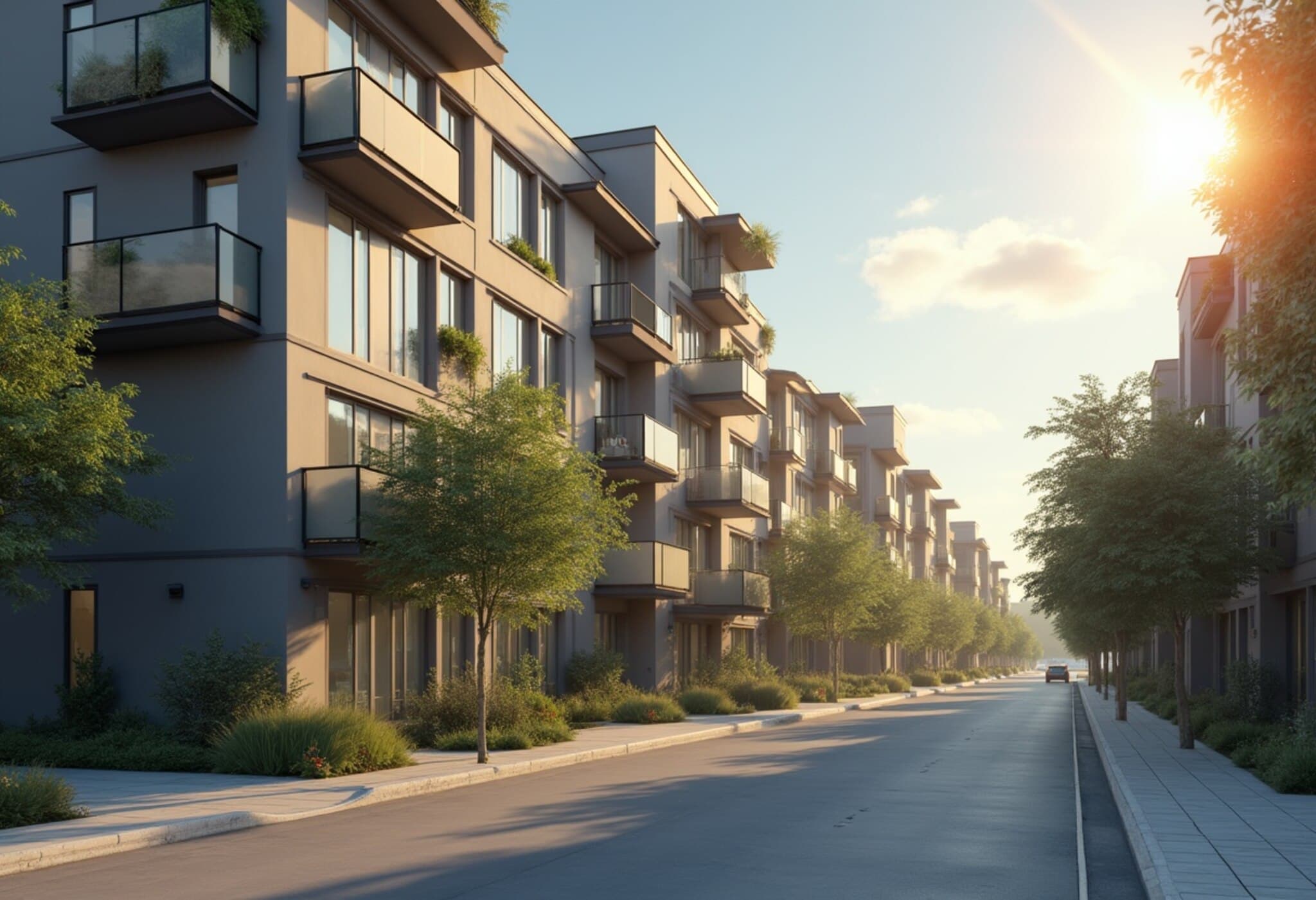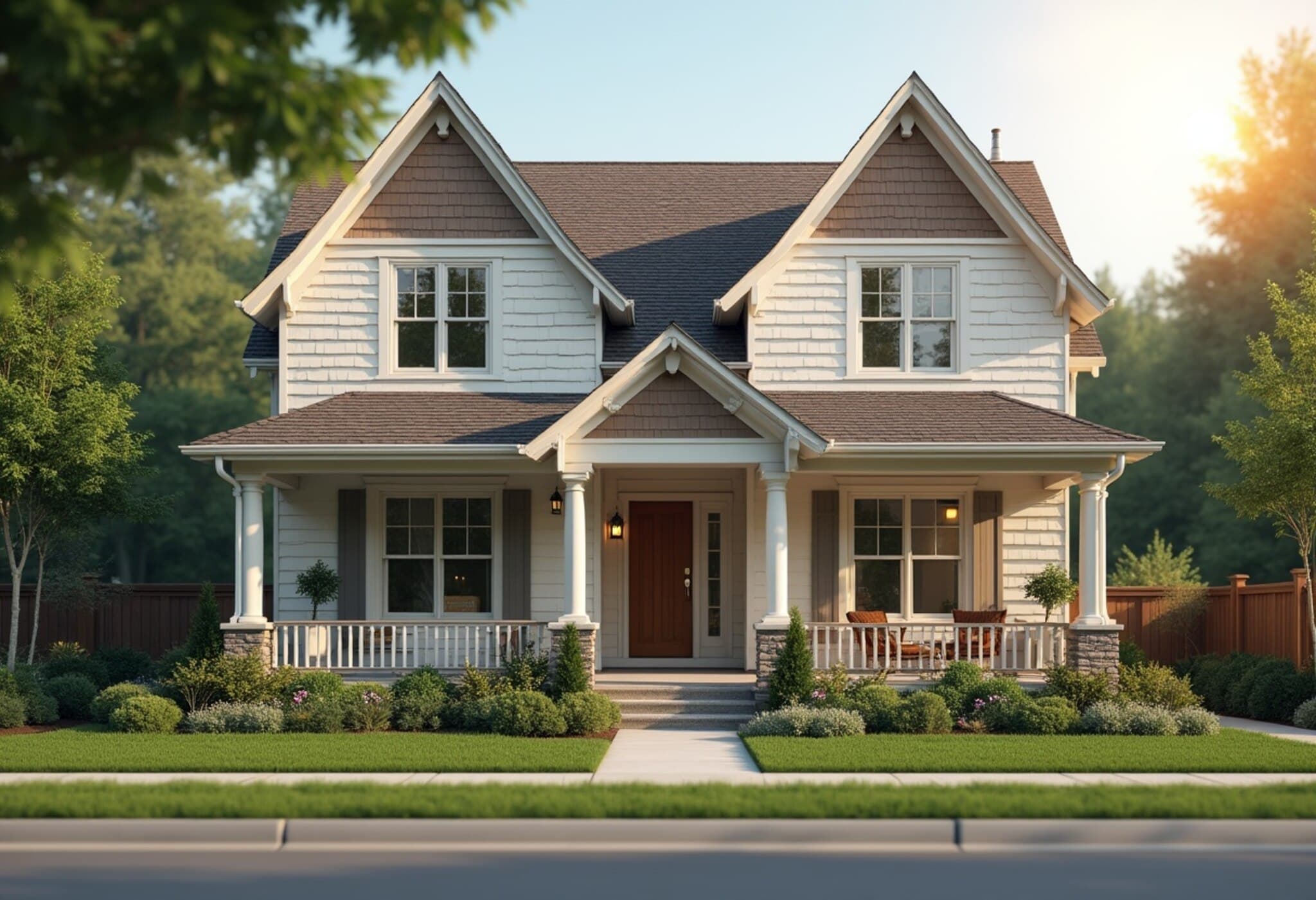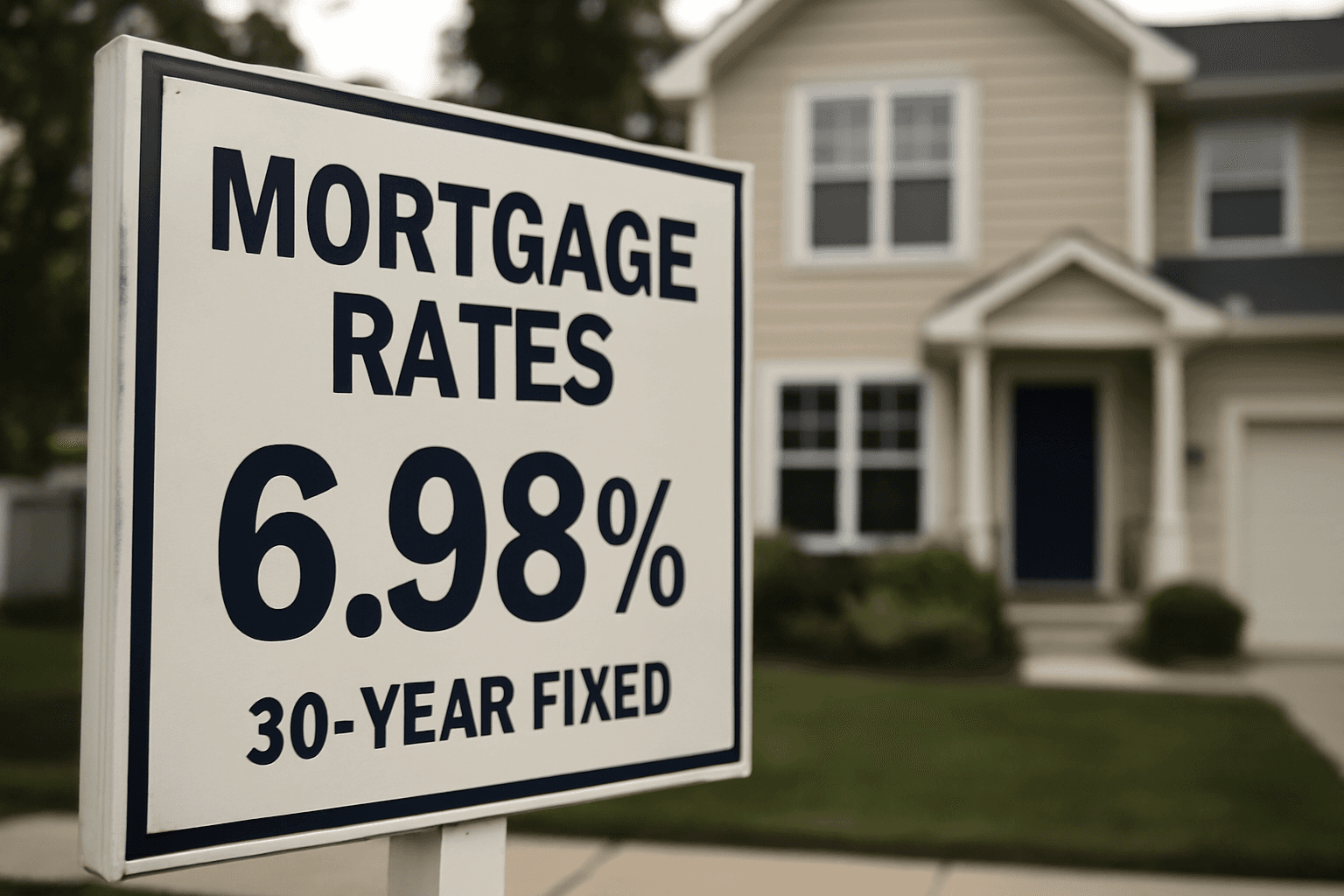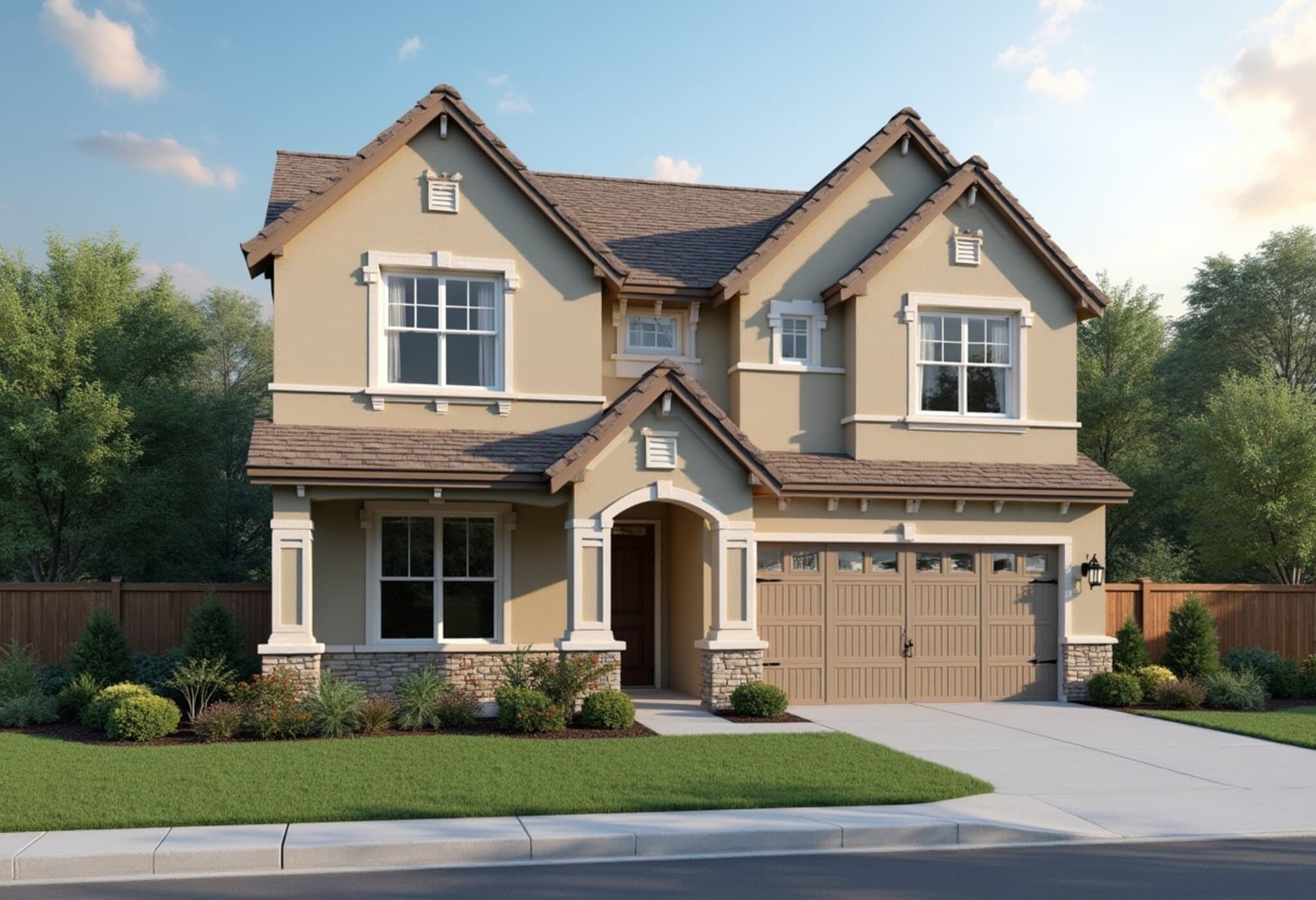U.S. Housing Market Cools: A Shift in Price Trends Across Major Cities
The U.S. housing market is witnessing a notable transformation, as nearly one-third of the country’s largest metropolitan areas report declining home prices. This slowdown is reshaping real estate dynamics, driven by a combination of elevated mortgage rates, increasing inventory, and subdued buyer demand.
Key Drivers Behind the Price Declines
According to the latest data from ICE, a leading mortgage technology firm, the annual home price growth decelerated to just 1.3% in June 2025, down from 1.6% in May, marking the slowest pace in two years. More strikingly, out of the 100 most significant U.S. housing markets, nearly 33 now show annual price drops of at least one full percentage point from recent peaks.
This trend reflects an evolving tug-of-war within the housing market. Increasing home inventory — which surged by 29% year-over-year as of June — exerts downward pressure on prices. At the same time, persistent high mortgage interest rates, lingering around the high 6% range for most of the year, have dampened buyers’ enthusiasm compared to the pandemic’s record-low rates.
Regional Variations Paint a Complex Picture
While some regions experience declining prices, others continue to show resilience. The Northeast and Midwest markets are seeing sustained price appreciation, in contrast to the South and West, where price softening is more pronounced.
- Cape Coral, Florida: Leading with a steep price drop of over 9%
- Austin, Texas and Tampa, Florida: Experiencing notable declines as well
- California: Seven of the 10 major markets are now facing falling home prices
Homeowner Sentiment and Market Outlook
Andy Walden, head of mortgage and housing market research at ICE, summarizes the current market tension aptly: "Increasing inventory is helping make homes more affordable, but with prices falling in more markets and homes staying listed longer, sellers may hesitate to put their properties on the market." This hesitancy could further slow inventory growth, affecting future price movements.
The split between single-family homes and condominiums is also revealing: while single-family home prices inched up 1.6% nationally, condominium prices fell by 1.4%. This divergence points to changing buyer preferences and possibly affordability challenges in more urbanized or condominium-heavy markets.
What This Means for Buyers and Sellers
For prospective buyers, the rising inventory could signal more choices and improved affordability, especially in markets where prices are trending down. However, the high mortgage rates remain a significant hurdle, curbing purchasing power and loan eligibility.
Sellers face a more cautious landscape. Longer time on market and falling prices could necessitate more realistic pricing strategies and patience. In some regions, homeowners contemplating selling might delay listing until conditions improve, contributing to a cyclical effect on supply.
Expert Commentary: Economic and Policy Implications
From a broader policy perspective, this cooling offers a cautiously optimistic sign against housing market overheating and affordability crises that have gripped many U.S. cities in recent years. However, unstable market conditions also present risks of uneven economic impact, possibly deepening divides between regions.
Furthermore, government and financial policymakers should closely monitor how sustained high mortgage rates intersect with variable price movements, to gauge whether intervention—such as incentives for affordable housing development—may be necessary to stabilize markets and support equitable access.
Editor's Note
The emerging trend of price declines in nearly a third of major U.S. housing markets signals a pivotal shift in the real estate landscape after years of rapid appreciation fueled by historically low interest rates. Yet, this transformation is far from uniform, underscoring the complexity of regional economies, demographic changes, and financing conditions.
As homeowners, buyers, and policymakers navigate these choppy waters, key questions remain: Will falling prices spur enough new buyers to absorb increasing inventory? Could sellers’ reluctance to list properties constrain supply further? And critically, how will these dynamics affect long-term housing affordability and economic stability across diverse American communities?



















